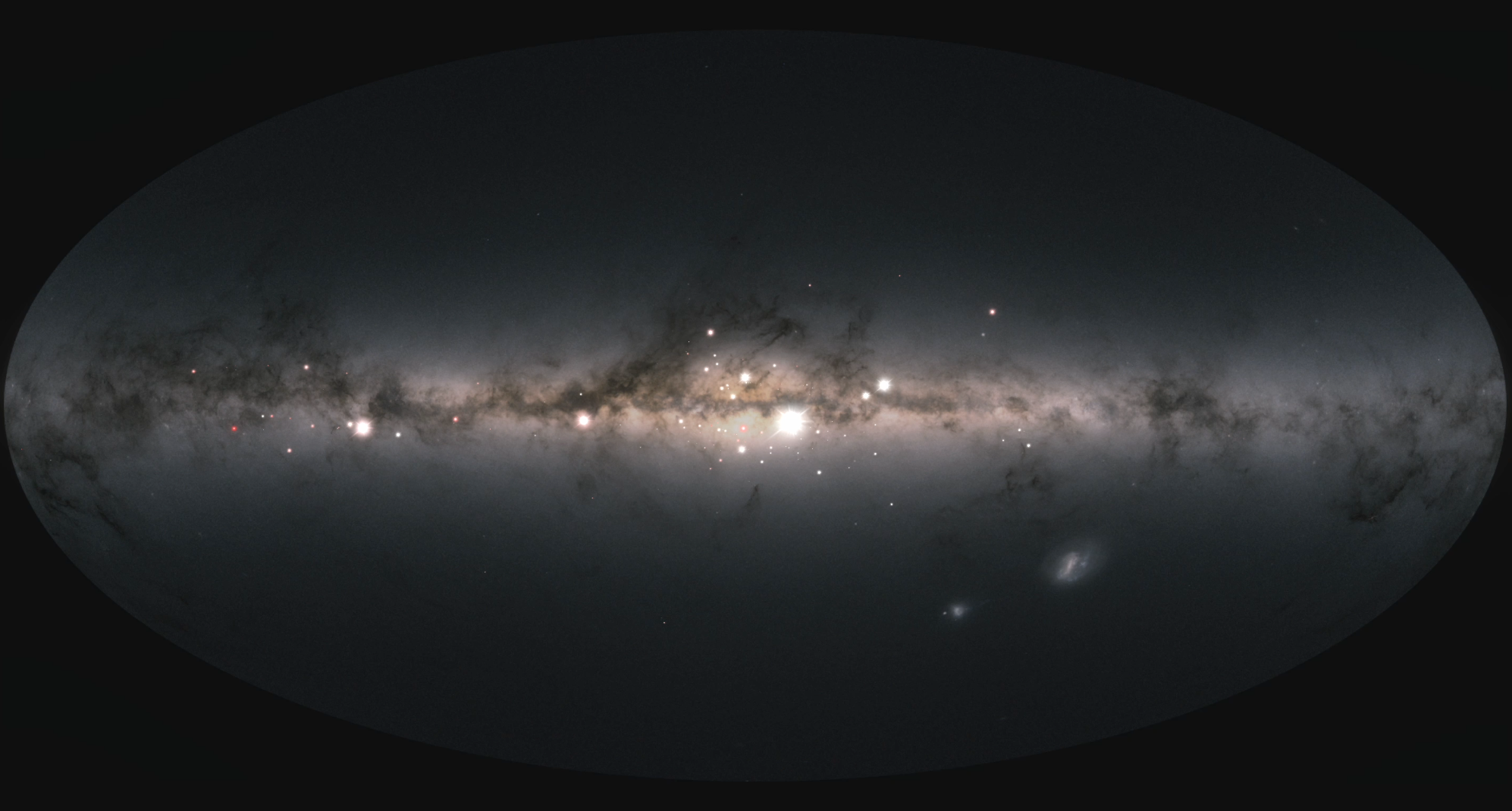Special Session SS37
14 July 2023
From planets to black holes - 30 years of time-domain large-scale photometric surveys
Aims and scope
 It was 30 years ago when the first microlensing event was detected. Following the predictions and initiative of the Polish astronomer Bogdan Paczynski, the large-scale surveys started in the early 1990s in order to solve the dark matter issue aiming at the detection of compact objects located in the Galactic halo. Long-term monitoring of millions of stars yielded no solution to the original dark matter problem, however, it initiated a new era in astronomical research. It has turned out that medium and small-sized telescopes equipped with large wide field cameras and with all their observing time dedicated to unbiased monitoring of the sky can bring a revolution to astronomy. Decades-long time domain data for hundreds of millions of stars yielded discoveries of millions of variable stars, planets, and black holes, as well as rare astrophysical phenomena such as microlensing events and stellar mergers. The vast data volume often still remains under-explored to this date and triggered machine learning approaches to the data.
It was 30 years ago when the first microlensing event was detected. Following the predictions and initiative of the Polish astronomer Bogdan Paczynski, the large-scale surveys started in the early 1990s in order to solve the dark matter issue aiming at the detection of compact objects located in the Galactic halo. Long-term monitoring of millions of stars yielded no solution to the original dark matter problem, however, it initiated a new era in astronomical research. It has turned out that medium and small-sized telescopes equipped with large wide field cameras and with all their observing time dedicated to unbiased monitoring of the sky can bring a revolution to astronomy. Decades-long time domain data for hundreds of millions of stars yielded discoveries of millions of variable stars, planets, and black holes, as well as rare astrophysical phenomena such as microlensing events and stellar mergers. The vast data volume often still remains under-explored to this date and triggered machine learning approaches to the data.
In this symposium, we plan to summarize the last 30 years of time-domain optical astronomy with past and ongoing large-scale surveys such as OGLE, MOA, CRTS, ASAS, PTF/iPTF/ZTF, ASAS-SN, ATLAS, and Gaia. We plan to get together the scientists exploring time-domain surveys' data in essentially every aspect of observational astronomy. The session will be also a great opportunity to present the achievements and the pioneering work on large-scale astronomical observations to the new generation of researchers in order to pass the experience and apply it to the forthcoming new time-domain ground- and space-based surveys like Rubin/LSST, BlackGEM, Roman and ULTRASAT.
Programme
The program will be composed of several review/invited talks and contributed talks. We also consider short poster presentations for the lunch session.
Overview program for 4 x 1.5h blocks, including lunch session:
- Review of historical and current large-scale optical surveys
- Future ground- and space-based photometric surveys
- Solar system
- Extrasolar planets
- Stellar variability
- Microlensing
- Extragalactic science
Invited speakers
Preliminary list:
- Jean-Philippe Beaulieu (IAP Paris, FR/Tasmania, AU)
- David Bennett (Maryland/NASA, US)
- Alceste Bonanos (HST, Athens, GR)
- Heike Rauer (PLATO, DLR Berlin, GE)
- Zeljko Ivezic (LSST, Washington, US)
- Ashish Mahabal (ZTF, Caltech, US)
- Marc Moniez (EROS, Paris, FR)
- Andrzej Udalski (OGLE, Warsaw, Poland)
- Joachim Wambsganss (U.Heidelberg, GE)
Scientific organisers
Laurent Eyer (Geneva, Switzerland); Ashish Mahabal (Caltech, US); Marc Moniez (Paris, France); Dorota Skowron (Warsaw, Poland); Rachel Street (LCO, US); Igor Soszynski (Warsaw, Poland); Lukasz Wyrzykowski (Warsaw, Poland)
Contact
Lukasz Wyrzykowski, lw AT astrouw.edu.pl
Updated on Thu Mar 16 23:02:24 CET 2023
|